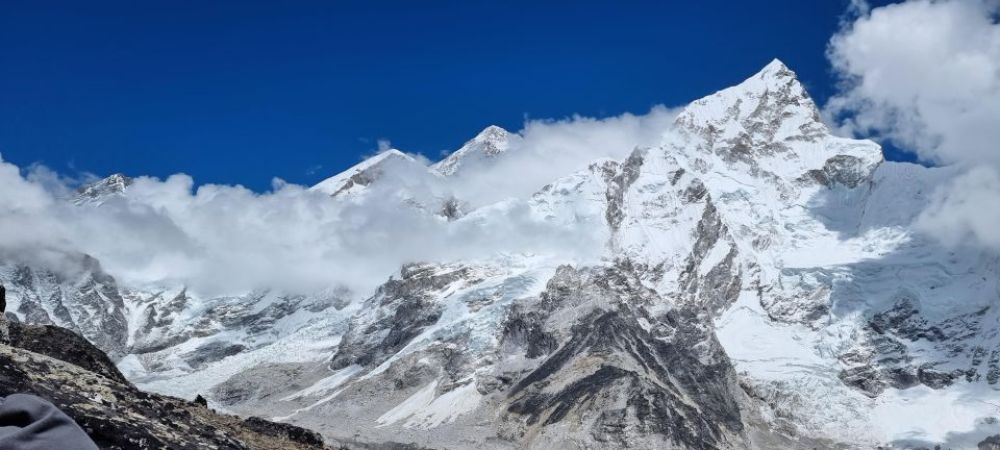

Imja Tse, also known as Island Peak, is a spectacular mountain located in the Himalayas of eastern Nepal. The peak stands at an altitude of 6,189 meters (20,305 feet) and lies in the Solukhumbu District, within the Sagarmatha National Park. Renowned for its challenging climbs and breathtaking scenery, Imja Tse has become an essential destination for mountaineers and trekkers around the world.
The inception of tourism in Sagarmatha National Park, home to the world's highest peak, Mount Everest, dates back to the early 20th century. However, it was not until 1953, following the historic ascent of Everest by Sir Edmund Hillary and Tenzing Norgay Sherpa, that international attention was drawn to the region. This historic event marked the beginning of Himalayan mountaineering as a key component of Nepal’s tourism.
Sagarmatha National Park was established in 1976 and later recognized as a UNESCO World Heritage Site in 1979, further promoting its global status as a prime destination for nature and adventure tourism. The Park comprises rugged terrain with deep gorges, glaciers, and gigantic rocks, offering a unique ecosystem with a variety of rare species alongside the Sherpa culture and hospitality.
Imja Tse was first ascended in 1953 by a British expedition as a preparation climb to Everest, and it has since been one of the most popular trekking peaks in Nepal. The climb requires some technical skills and acclimatization, as it involves glacier navigation, moderate snow and ice climbing. It is often considered as a preparatory climb for those looking to attempt higher peaks in the Himalayas.
In the latest tourism trends, there is a growing emphasis on sustainable tourism and practices that help to conserve the unique environment of the Himalayas. Tourists are increasingly seeking authentic experiences that include cultural exchanges with the local communities and participation in conservation efforts.
Moreover, the rise of digital technology and social media has led to more independent trekkers and climbers using online resources to plan their expeditions. However, the challenges of the mountain environment remain, and the importance of experienced local guides and porters is still paramount. The Nepali government has also implemented various regulations to ensure the health and safety of tourists, as well as to protect the delicate ecosystem of the Himalayas.
Both the Nepali authorities and various non-profit organizations have stepped up efforts to promote responsible tourism and environmental preservation initiatives. Projects like 'Sagarmatha Next', aim to tackle waste management issues within the park by promoting recycling and environmental education. Awareness programs and campaigns, often led by the mountaineering community, focus on maintaining the natural beauty and cultural significance of the region for future generations.
Lastly, visitors to Sagarmatha National Park are encouraged to familiarize themselves with the Leave No Trace principles to minimize their impact on the environment and contribute to an overall positive and sustainable tourism experience.